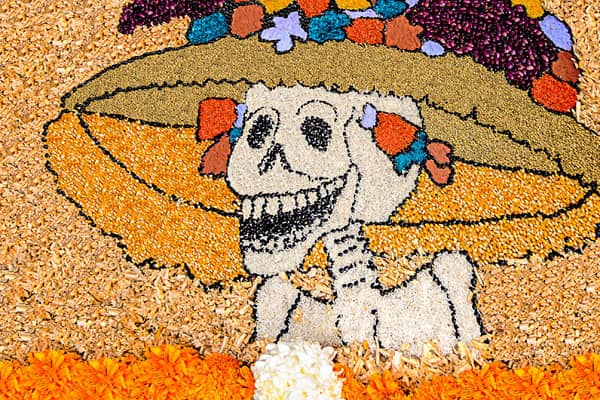Skulls and Catrinas: A Celebration of Life and Death in Mexico
Discover the meaning behind the iconic Catrina of Mexico's Day of the Dead celebration in this informative article. Learn about the life and work of artist José Guadalupe Posada, the birth of the Catrina, and what this elegantly dressed skeleton represents in Mexican culture.





